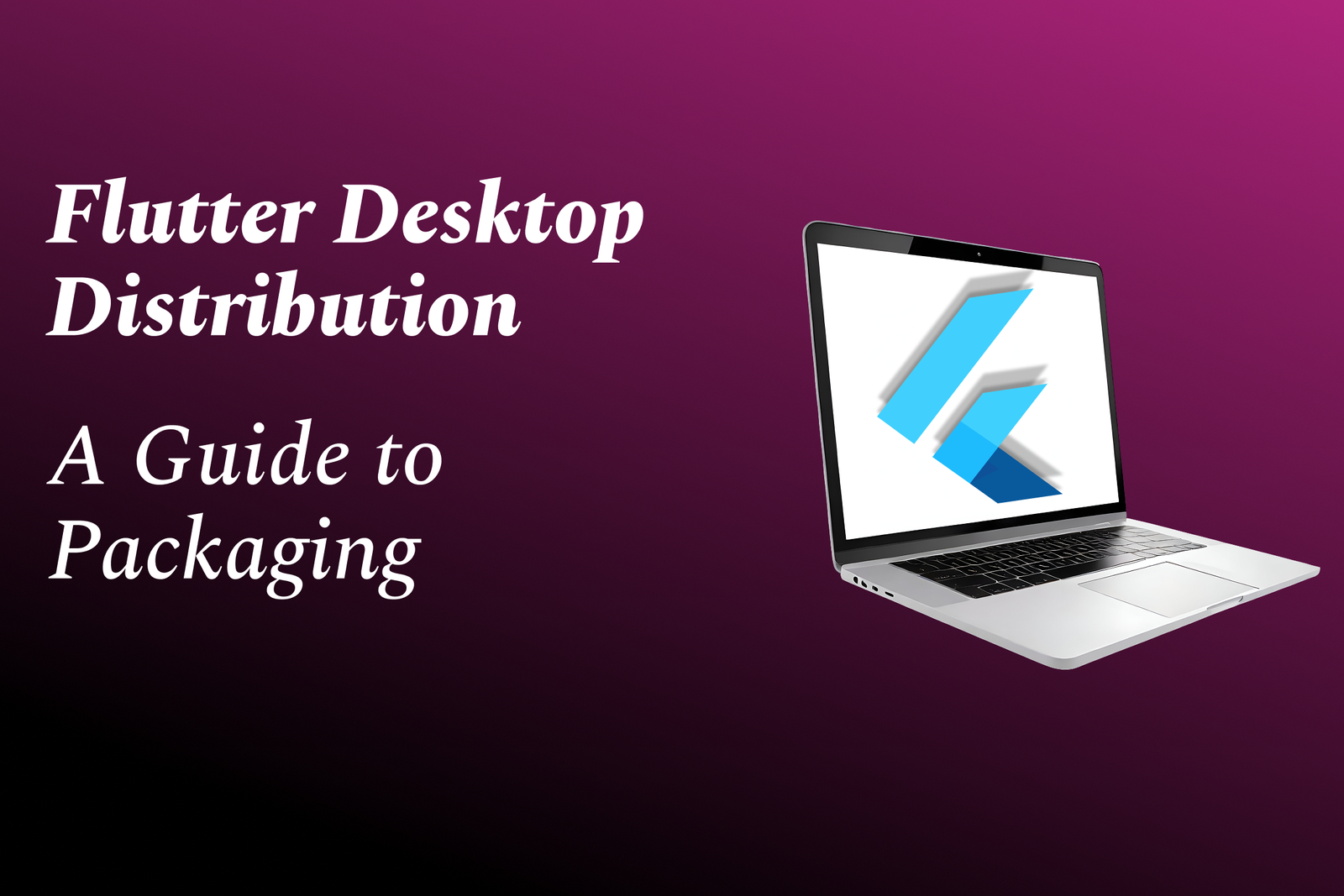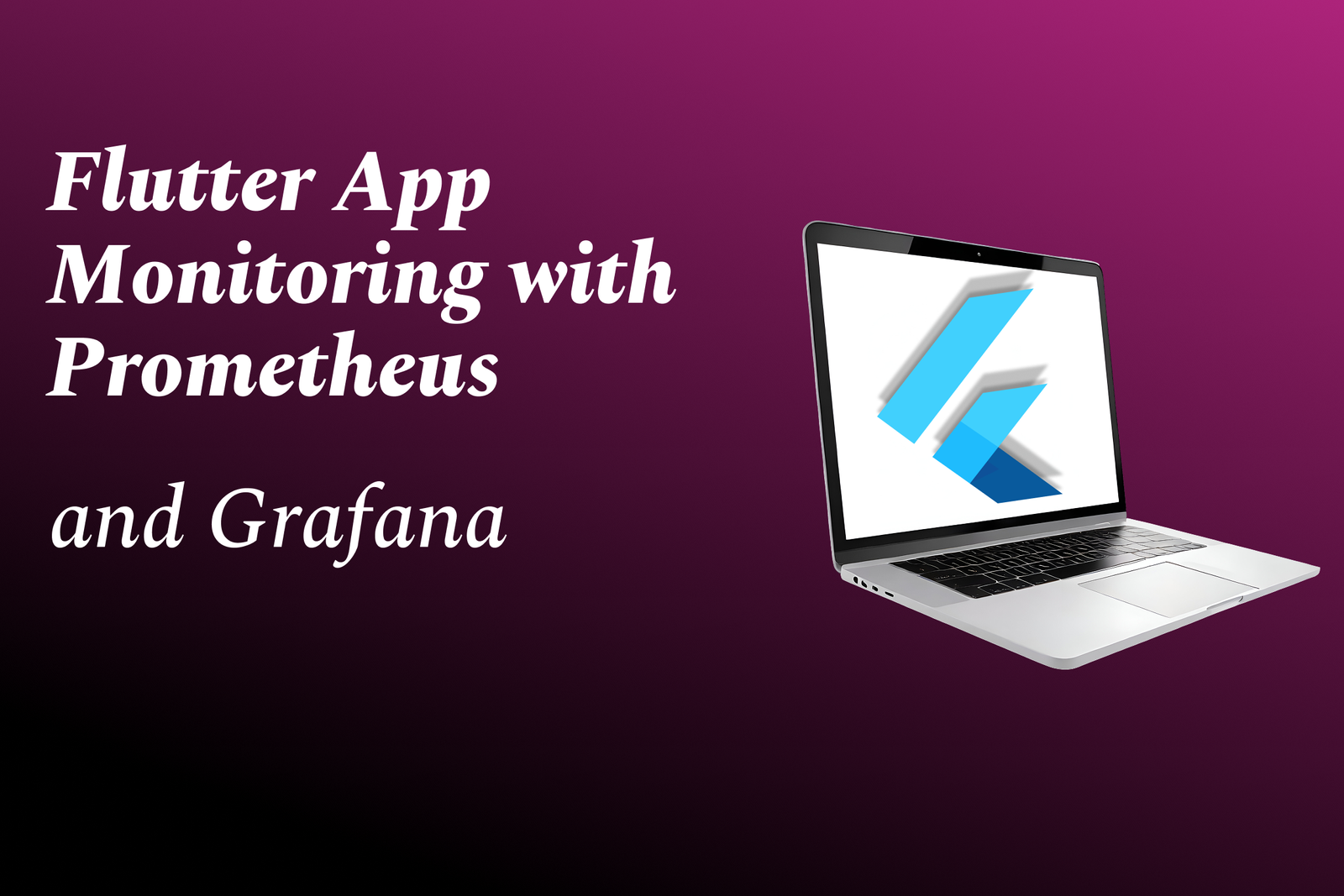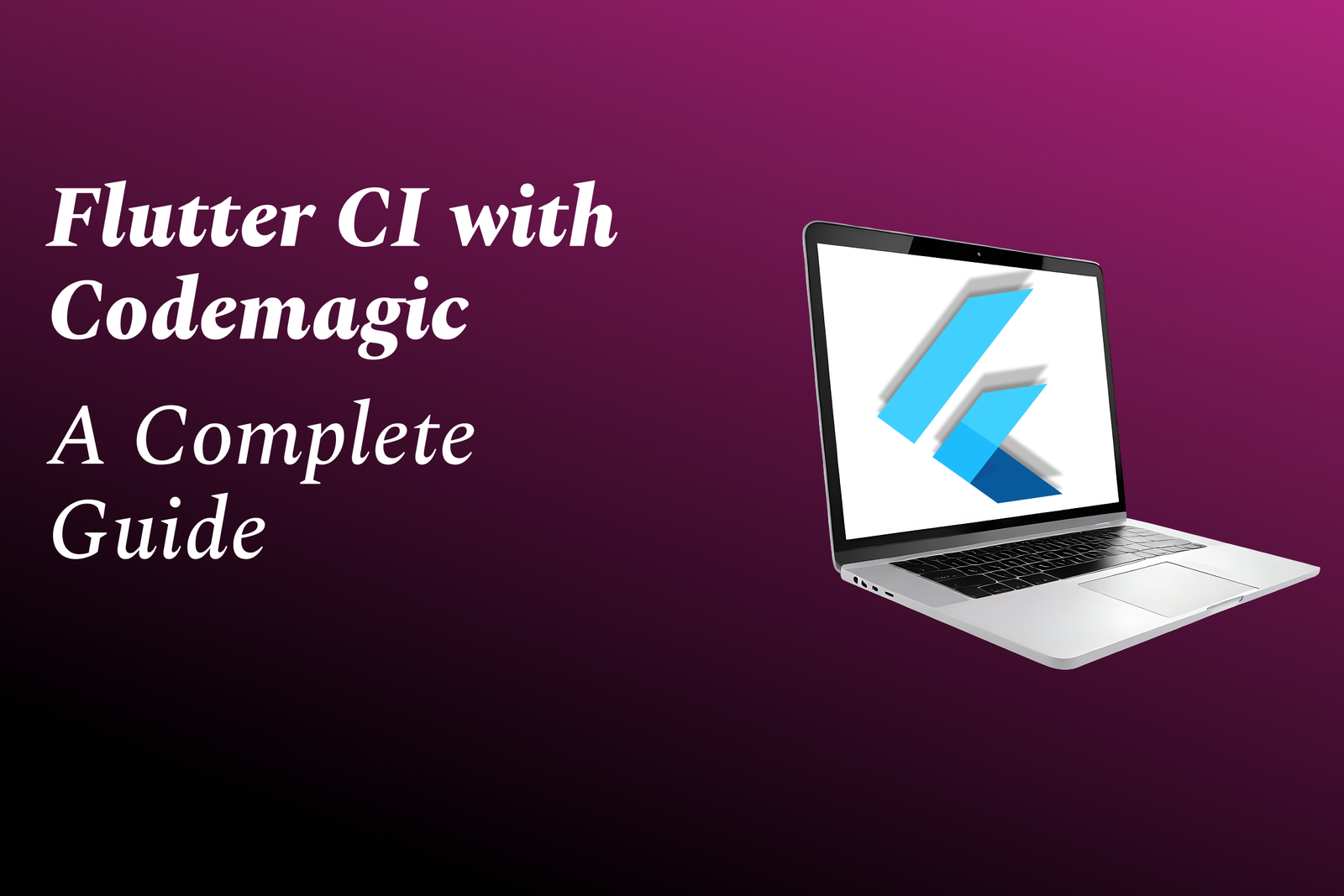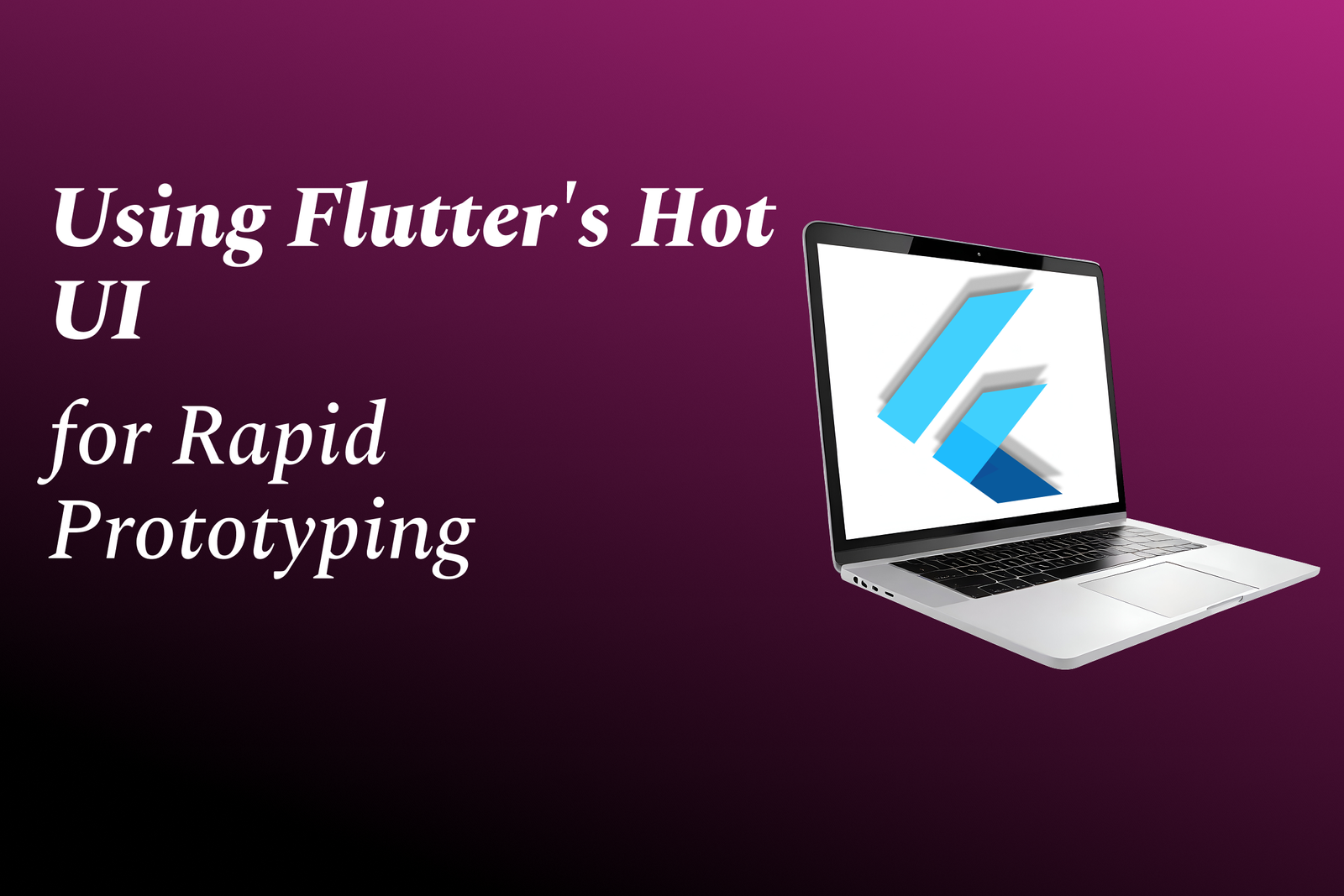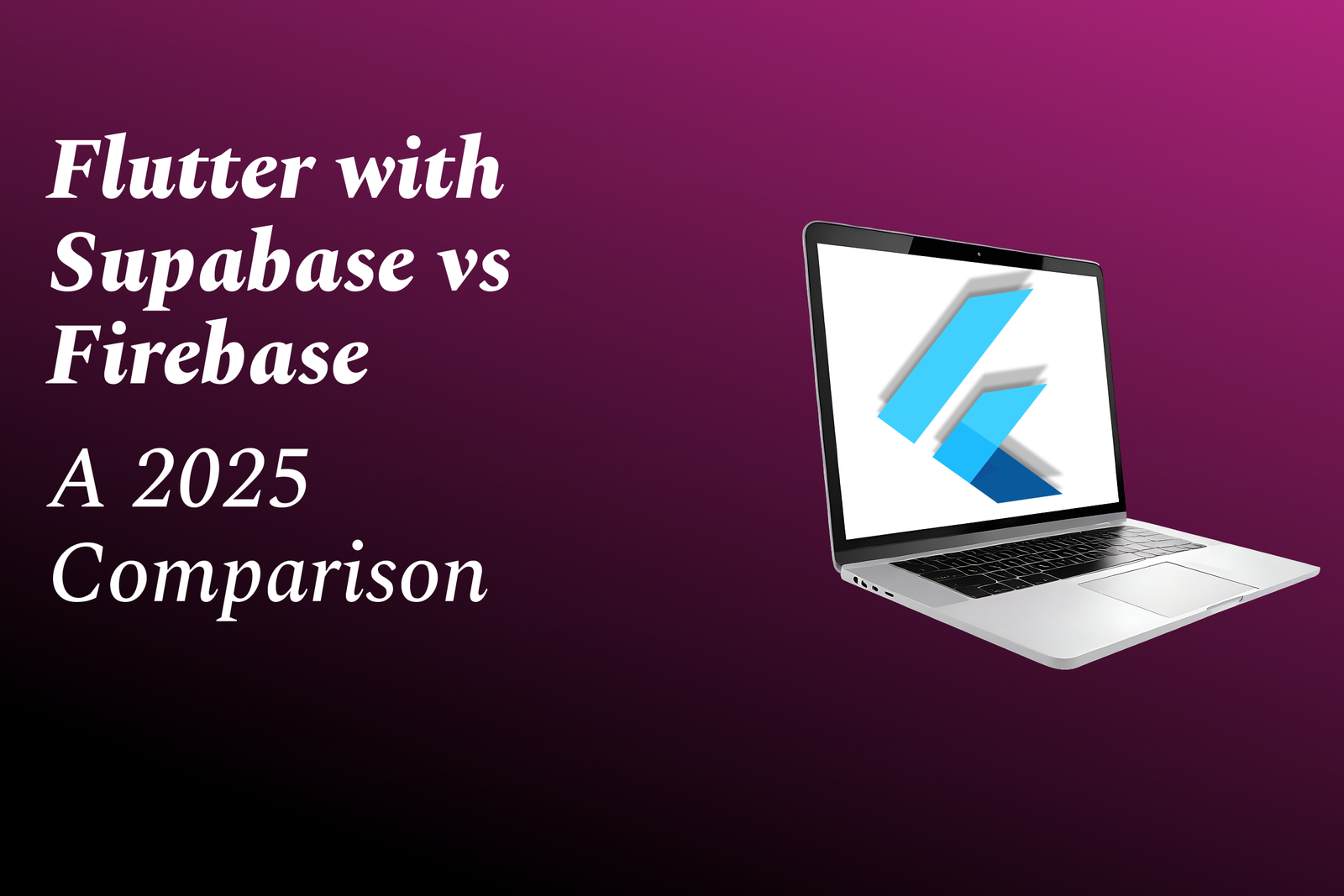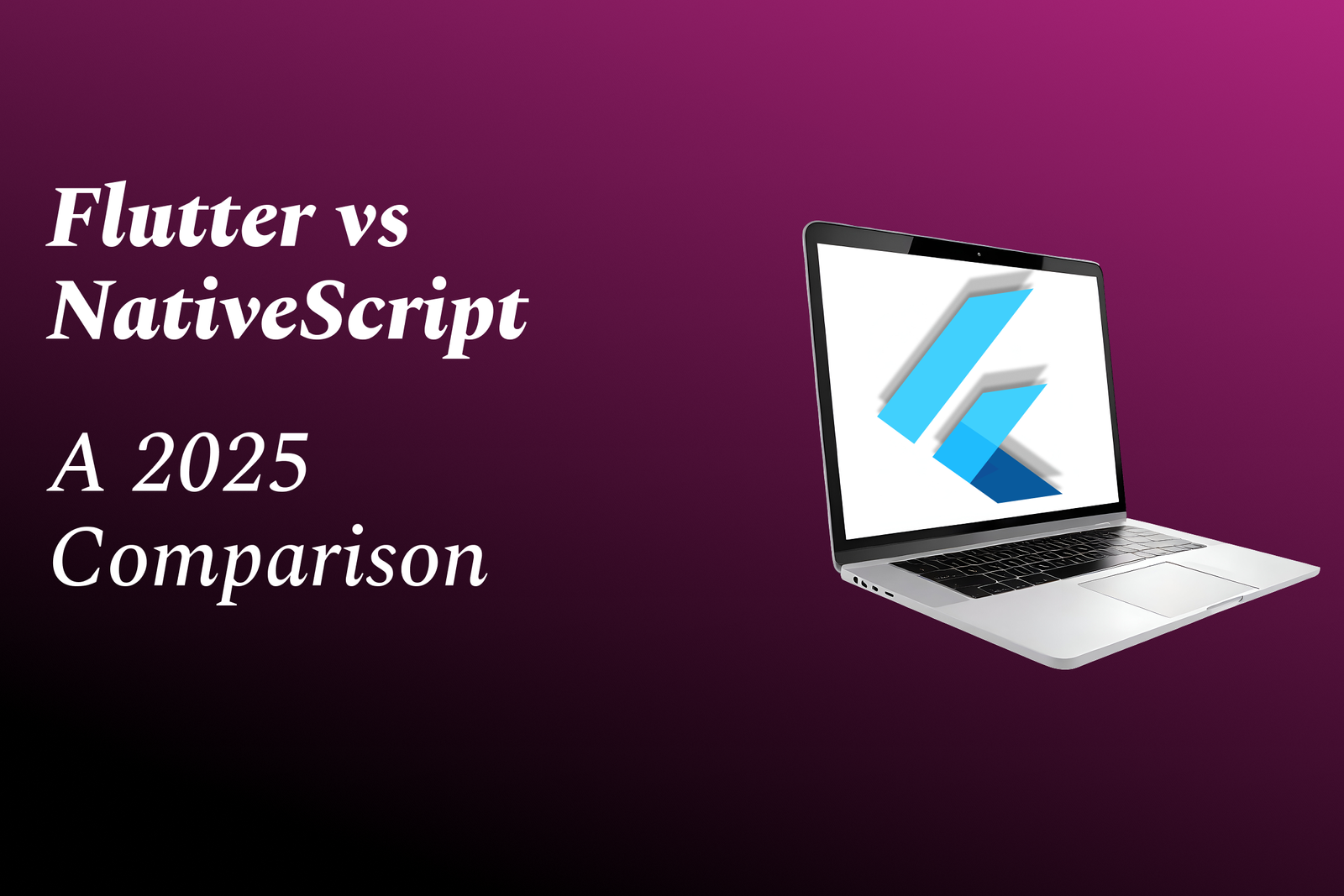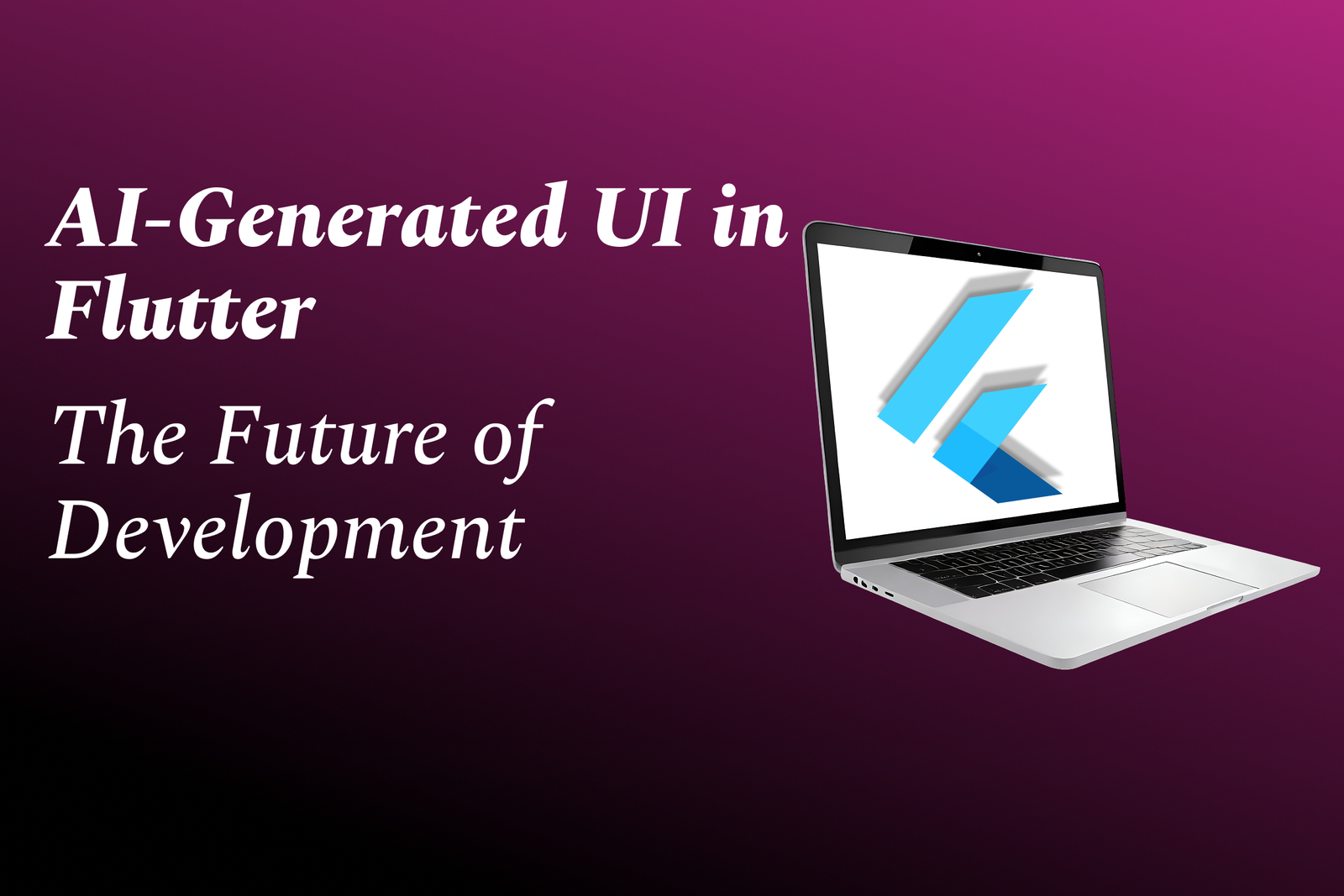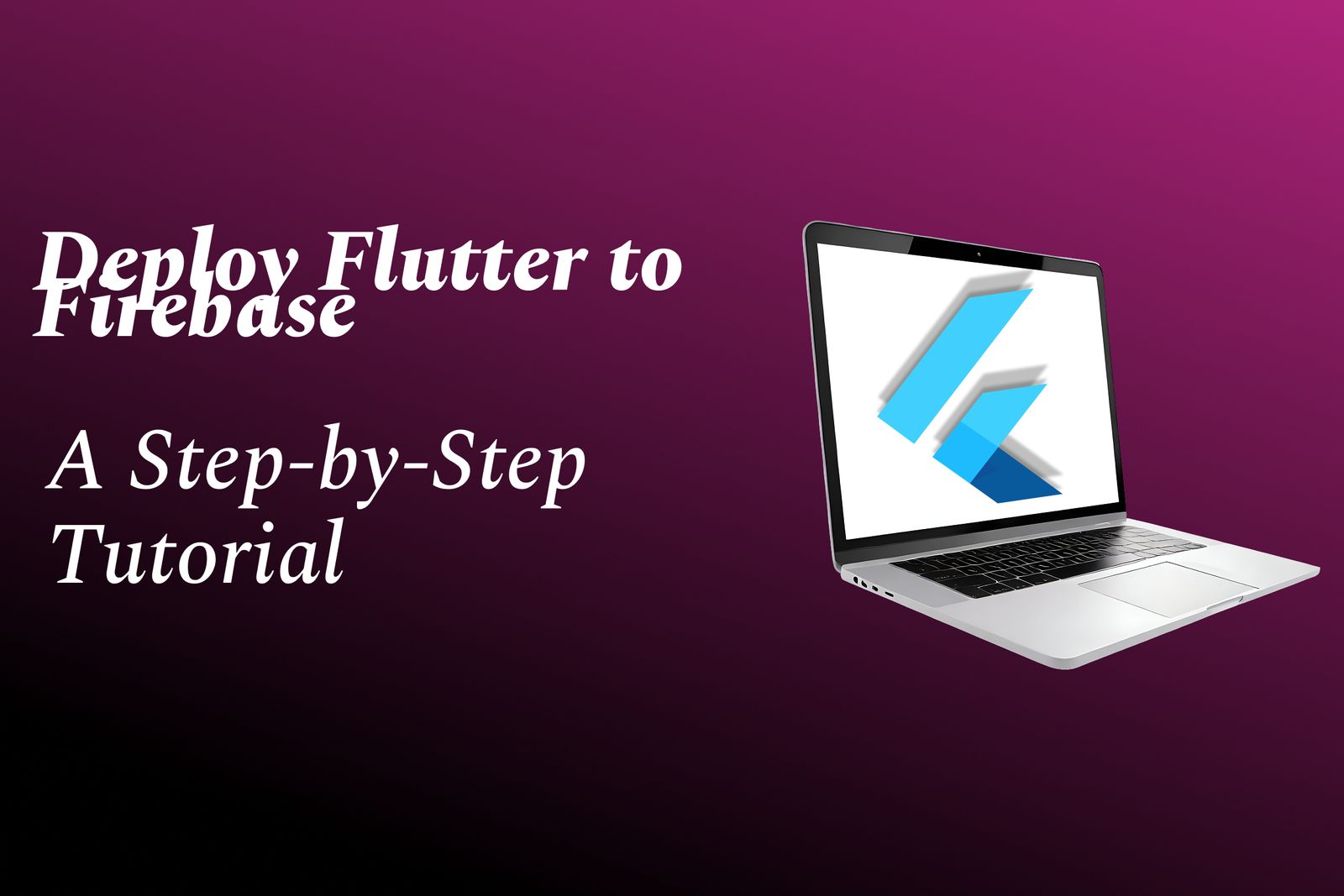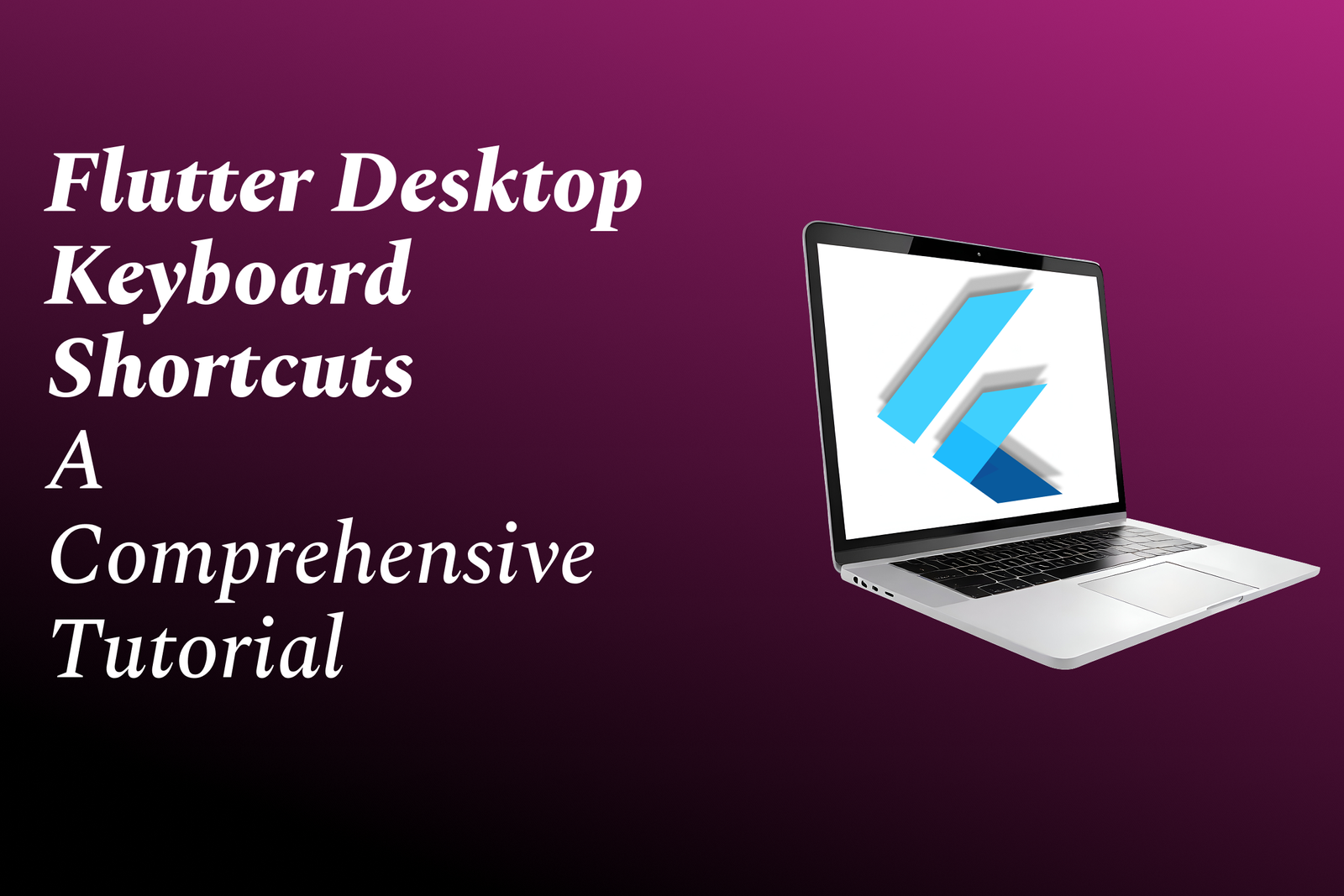Flutter Desktop Distribution: A Guide To Packaging
Flutter Desktop Distribution: A Guide to Packaging explains how to transform a compiled Flutter desktop app into platform-native installers for Windows, macOS, and Linux—covering build optimization, asset bundling, code signing and notarization, installer formats (EXE/MSI, DMG/PKG, DEB/RPM/AppImage), and update strategies—so developers can deliver secure, native-feeling applications to end users and app stores. This practical guide from JustAcademy walks through platform-specific tools, best practices, and automation steps to ensure reliable, compliant, and user-friendly distribution.
Flutter Desktop Distribution: A Guide To Packaging
Flutter Desktop Distribution: A Guide to Packaging shows developers how to turn compiled Flutter apps into platform-native installers for Windows, macOS, and Linux by covering asset bundling, build optimization, code signing/notarization, and installer formats. It’s useful because it removes guesswork around platform-specific requirements, improves security and user trust through proper signing and notarization, and offers automation and best practices that speed up reliable, production-ready deployments. JustAcademy’s practical approach with real-world examples helps teams deliver native-feeling apps to users and distribution channels with confidence.
To Download Our Brochure: **https://www.justacademy.co/download-brochure-for-free
**
Message us for more information: **https://api.whatsapp.com/send?phone=919987184296
**
Flutter Desktop Distribution: A Guide to Packaging shows developers how to turn compiled Flutter apps into platform native installers for Windows, macOS, and Linux by covering asset bundling, build optimization, code signing/notarization, and installer formats. It’s useful because it removes guesswork around platform specific requirements, improves security and user trust through proper signing and notarization, and offers automation and best practices that speed up reliable, production ready deployments. JustAcademy’s practical approach with real world examples helps teams deliver native feeling apps to users and distribution channels with confidence.
Course Overview
JustAcademy’s course teaches packaging Flutter apps for Windows, macOS, and Linux: asset bundling, build optimization, code signing/notarization, and creating native installers with hands-on examples.
Course Description
JustAcademy's “Flutter Desktop Distribution: A Guide to Packaging” teaches packaging Flutter apps for Windows, macOS, and Linux—asset bundling, build optimization, signing/notarization, and native installers—with real-world projects and certification.
Key Features
1 - Comprehensive Tool Coverage: Provides hands-on training with a range of industry-standard testing tools, including Selenium, JIRA, LoadRunner, and TestRail.
2) Practical Exercises: Features real-world exercises and case studies to apply tools in various testing scenarios.
3) Interactive Learning: Includes interactive sessions with industry experts for personalized feedback and guidance.
4) Detailed Tutorials: Offers extensive tutorials and documentation on tool functionalities and best practices.
5) Advanced Techniques: Covers both fundamental and advanced techniques for using testing tools effectively.
6) Data Visualization: Integrates tools for visualizing test metrics and results, enhancing data interpretation and decision-making.
7) Tool Integration: Teaches how to integrate testing tools into the software development lifecycle for streamlined workflows.
8) Project-Based Learning: Focuses on project-based learning to build practical skills and create a portfolio of completed tasks.
9) Career Support: Provides resources and support for applying learned skills to real-world job scenarios, including resume building and interview preparation.
10) Up-to-Date Content: Ensures that course materials reflect the latest industry standards and tool updates.
Benefits of taking our course
Functional Tools
1 - Flutter SDK and Dart SDK
The course covers installing and configuring Flutter and Dart for desktop targets, including channel selection and multi architecture toolchains.
Students perform hands on labs to build, run, and profile macOS, Windows, and Linux Flutter apps from a single codebase.
Training includes troubleshooting common SDK issues, environment variables, and platform specific build flags.
Practical exercises focus on optimizing release builds, embedding resources, and creating reproducible artifacts for packaging.
Outcome: learners produce signed, optimized binaries ready for downstream packaging pipelines.
2) Visual Studio Build Tools and MSVC Toolchain
Instruction on installing Visual Studio Build Tools, MSVC compiler, and required SDKs for Windows desktop compilation.
Students compile native code, integrate C/C++ plugins, and resolve linker issues through guided labs and real time project tasks.
Course demonstrates configuring toolset versions, PATH management, and setting up MSBuild for CI builds.
Hands on modules include creating MSIX/MSI installers and preparing code signing with signtool.
Outcome: confidence building Windows ready Flutter executables and installer ready artifacts.
3) Xcode and macOS Packaging Tools
Comprehensive setup of Xcode, Command Line Tools, and macOS specific packaging utilities like productbuild and pkgbuild.
Students learn code signing with Apple Developer IDs, notarization workflows, and entitlements required for distribution.
Practical sessions cover creating .app bundles, DMG installers, and automated notarization via CI.
Course includes troubleshooting gatekeeper rejections and fixing missing library/linker issues on macOS.
Outcome: macOS release ready apps that meet App Store and notarization requirements.
4) Linux Toolchain, GTK and AppImage/Snap/Deb Packaging
Detailed modules on Linux build essentials: GCC/Clang, GTK backends, and library dependency management.
Students create AppImage, Snap, and .deb packages, resolving runtime library issues and creating proper desktop entries.
Hands on labs involve multi distro testing, packaging scripts, and packaging metadata best practices.
Course covers packaging policies, sandboxing considerations, and packaging for different distributions.
Outcome: students deliver portable Linux desktop packages tested across major distributions.
5) CMake and Native Build Systems
Training on using CMake to orchestrate native builds, link Flutter engine artifacts, and manage platform specific targets.
Learners write CMake scripts for native plugins, create cross platform build presets, and debug build failures.
Labs focus on integrating third party native libraries and producing static/shared libraries for packaging.
Course shows how to generate reproducible binaries and integrate with CI pipelines for automated builds.
Outcome: robust native build automation that feeds into packaging pipelines.
6) Installer Builders: Inno Setup, NSIS, WiX, and MSI Tools
Modules introduce popular Windows installer creators: Inno Setup, NSIS, and WiX/MSI authoring best practices.
Students design installers with custom UI, prerequisites checks, silent installations, and upgrade semantics.
Exercises include signing installers, embedding runtime dependencies, and supporting enterprise deployment options.
Course teaches rollback strategies, delta updates, and creating unattended installation scripts for mass deployment.
Outcome: professional installers that simplify user onboarding and enterprise distribution.
7) macOS DMG and Notarization Tools
Focus on creating polished DMG installers, background images, and install scripts for macOS distribution.
Students practice notarization with altool/notarytool, uploading to Apple notary services, and handling staples.
Labs demonstrate automating notarization in CI and recovering from common notarization errors.
Course covers packaging best practices to reduce user friction and meet macOS security requirements.
Outcome: notarized DMGs and automated notarization pipelines for macOS releases.
8) AppImage, Snapcraft and Flatpak Tooling
Deep dive into Linux universal packaging formats: AppImage creation, Snapcraft recipes, and Flatpak manifests.
Students build sandboxed packages, configure permissions, and test runtime behavior across distributions.
Hands on sessions include continuous delivery for snaps and AppImages, and integrating auto update mechanisms.
Course discusses trade offs between formats and choosing the right distribution strategy for target users.
Outcome: deployable, cross distro Linux packages with update and sandboxing capabilities.
9) Code Signing and Certificate Management
Practical training on acquiring, storing, and using code signing certificates for Windows, macOS, and Linux.
Students set up secure key storage, automated signing in CI, and certificate rotation policies.
Exercises explain timestamping, EV certificates, and resolving signing chain issues during verification.
Course emphasizes supply chain security, signing reproducible builds, and validating user trust signals.
Outcome: signed artifacts that pass platform security checks and improve user confidence.
10) CI/CD with GitHub Actions, GitLab CI, and Azure Pipelines
Hands on CI/CD pipeline creation that automates building, testing, packaging, and releasing desktop artifacts.
Students implement cross platform runners, cache strategies, artifact promotion, and matrix builds for architectures.
Labs include signing, notarization, and publishing to GitHub Releases, S3, or private registries from pipelines.
Course covers rollback mechanisms, staged rollouts, and environment specific configuration management.
Outcome: reliable automated pipelines that shorten release cycles and reduce human error.
11 - Artifact Hosting and CDN (GitHub Releases, S3, CloudFront)
Lessons on hosting packaged builds, creating release channels, and using CDNs to deliver artifacts globally.
Students configure storage, set cache headers, and implement secure download endpoints with signed URLs if needed.
Practical work includes automating release uploads, generating checksums, and publishing release notes and changelogs.
Course teaches retention policies and promoting artifacts from staging to production while maintaining provenance.
Outcome: fast, secure distribution of installers and binaries with traceability.
12) Updaters and Auto Update Frameworks (Squirrel, Sparkle, In House)
Detailed coverage of auto update systems like Squirrel for Windows, Sparkle for macOS, and custom updaters.
Students integrate update SDKs, implement delta updates, and test update resilience against interrupted installs.
Hands on labs simulate staged rollouts, rollback on failure, and update validation to prevent regressions.
Course discusses security of update channels, signed update feeds, and telemetry to monitor update health.
Outcome: seamless in app update experiences that keep user installs current and secure.
13) Testing and QA Tools (integration_test, Flutter Driver, Appium)
Training on automated testing frameworks for desktop UI and integration tests to validate packaging scenarios.
Students write end to end tests that verify installers, first run experience, and platform specific behaviors.
Labs include creating test fixtures for native plugins, mocking dependencies, and validating crash free releases.
Course integrates tests into CI to enforce quality gates before packaging and publishing artifacts.
Outcome: high quality releases with regression protection and reliable packaging validation.
14) Observability and Crash Reporting (Sentry, Crashlytics, Datadog)
Modules teach adding telemetry and crash reporting to desktop Flutter apps for post release monitoring.
Students instrument breadcrumbs, custom events, and performance monitoring relevant to packaging issues.
Hands on labs show integrating Sentry or Datadog, configuring environment specific keys, and privacy conscious telemetry.
Course covers interpreting crash stacks from native and Dart layers to rapidly triage packaging regressions.
Outcome: actionable observability baked into release artifacts for faster incident response.
15) Store Submission and Policy Tools (Microsoft Partner Center, App Store Connect)
Practical guidance on preparing metadata, screenshots, notarization artifacts, and store packages for submission.
Students walk through Microsoft Store and Mac App Store policies, automated uploads, and handling review feedback.
Labs demonstrate assembling compliance documentation, localization assets, and enterprise distribution manifests.
Course includes strategies for managing multiple release tracks, beta channels, and versioning schemes.
Outcome: students can complete store submissions that meet policy requirements and pass reviews.
Additional modules offered by JustAcademy (continuing the curriculum):
16) Application Hardening and Binary Protections
Techniques for ASLR, DEP/NX, stack canaries, RELRO, code minimization, and linker level hardening.
Outcome: release binaries resistant to common exploitation vectors and easier to pass enterprise security reviews.
17) Software Bill of Materials (SBOM) and Supply Chain Security (Sigstore, Cosign)
Generating SBOMs, signing artifacts with Sigstore/Cosign, provenance tracking, and integrating into CI.
Outcome: traceable artifact provenance that meets modern compliance and procurement requirements.
18) Vulnerability Scanning & Software Composition Analysis (SCA)
Automated dependency scanning, remediation workflows, integrating SCA into pipelines, and CVE triage.
Outcome: reduced supply chain risk and faster remediation of vulnerable components.
19) Static Analysis, Fuzzing and Binary Testing
Static analyzers for C/C++/Dart, guided fuzzing for native interfaces, and crash triage processes.
Outcome: fewer runtime crashes and safer native plugin integrations in released packages.
20) Licensing, Copyright, and Open Source Compliance
License scanning, SPDX manifests, handling third party license obligations, and creating compliant redistributables.
Outcome: legally defensible releases with accurate license attribution and reduced legal exposure.
21 - Accessibility & Inclusive Design (WCAG, Platform Guidelines)
Desktop accessibility patterns, assistive technology testing, and packaging first run accessibility checks.
Outcome: accessible installers and applications that meet regulatory and user experience standards.
22) Localization, Internationalization, and RTL Support
String extraction/localization pipelines, locale aware packaging, and handling right to left and locale specific assets.
Outcome: localized release channels with streamlined translation updates and region specific packaging.
23) ARM, ARM64 and Multi Architecture Builds (including Raspberry Pi)
Cross compilation strategies, multi arch CI matrices, and testing on ARM hardware.
Outcome: reliable ARM releases for desktops, single board computers, and edge devices.
24) IoT & Edge Packaging, Lightweight Runtime Strategies
Packaging for constrained devices, minimal runtimes, offline update mechanisms, and OTA considerations.
Outcome: deployable artifacts tailored for edge scenarios with robust update strategies.
25) Containerized Desktop and Server Companion Apps
Building and distributing containerized helper services, native+container packaging and sandboxing trade offs.
Outcome: reproducible companion services for desktop apps and simplified server component deployment.
26) Enterprise Distribution, MDM and Group Policy Integration
Creating MSI/PKG for enterprise, configuring AD/GPO/MDM deployment flows, and silent upgrade strategies.
Outcome: enterprise ready installers that integrate with IT management tooling.
27) Driver, Kernel Extension and Device Integration
Driver signing, notarization for kernel extensions, and packaging device driver installers safely.
Outcome: compliant driver delivery that minimizes install friction and security warnings.
28) Monetization, Licensing Servers and Trialing
Licensing models, activation servers, offline licensing, and integrating in app purchase flows for desktop.
Outcome: reliable monetization pipelines with secure license enforcement and analytics.
29) Update Security: Signed Updates, Rollback and Canary Releases
Secure update feeds, signed delta updates, staged rollouts, canary telemetry, and automated rollback triggers.
Outcome: resilient update strategy minimizing user disruption and exposure to bad releases.
30) Release Management, Semantic Versioning and Changelog Automation
Versioning strategies, branch/release flows, autogenerated changelogs, and release tagging best practices.
Outcome: predictable release cadence with clear version history and auditability.
31 - Feature Flags, Dark Launches and Experimentation
Implementing feature toggles, rollout targeting, and measuring experiment impact via telemetry.
Outcome: safer rollouts and data driven feature launches with reduced regression risk.
32) Documentation, Installer UX and Onboarding Flows
Writing installer UX copy, first run experience design, onboarding checklists, and help integration.
Outcome: improved user activation rates and reduced support load after installation.
33) Observability for Releases: Logs, Metrics and Release Telemetry
Release specific telemetry, correlation IDs, monitoring dashboards, and alerting tied to releases.
Outcome: faster detection of packaging regressions and measurable release health indicators.
34) Support, Incident Response and Hotfix Playbooks
Tiered support workflows, hotfix creation and distribution, post mortem templates, and SLA handling.
Outcome: structured incident management that shortens time to resolution for packaging/installation issues.
35) Cost Modeling, Distribution Economics and CDN Optimization
Estimating build/storage/bandwidth costs, CDNs, signed URL strategies, and cost effective artifact retention.
Outcome: predictable distribution costs and efficient artifact lifecycle policies.
If you want, JustAcademy can expand any of these into full course outlines with lesson plans, hands on labs, and project assignments. Which modules should we add next or expand into a detailed syllabus?
Browse our course links : https://www.justacademy.in/all-courses
To Join our FREE DEMO Session: https://www.justacademy.in/register-for-course-demo
This information is sourced from JustAcademy
Contact Info:
Roshan Chaturvedi
Message us on Whatsapp: https://api.whatsapp.com/send?phone=919987184296
**Email id: mailto:info@justacademy.co
**
https://www.justacademy.co/blog-detail/debugging-dart-null-safety-issues-in-flutter
https://www.justacademy.co/blog-detail/flutter-fintech-security:-a-best-practices-guide
https://www.justacademy.co/blog-detail/server-driven-ui-with-flutter:-a-practical-implementation
https://www.justacademy.co/blog-detail/flutter-memory-analyzer:-finding-and-fixing-leaks
https://www.justacademy.co/blog-detail/flutter-developer-salary-2025:-a-global-comparison
Flutter Desktop Packaging & Distribution Guide: Build, Sign & Deploy Windows, macOS & Linux Apps
Flutter Desktop Distribution: Complete Step-by-Step Guide to Packaging, Signing & Deploying Windows, macOS & Linux Apps
Flutter Desktop Distribution 2025: Complete Step-by-Step Guide to Packaging, Code-Signing & Publishing Windows, macOS & Linux Apps
Flutter Desktop Packaging & Distribution 2025: Complete Step-by-Step Guide to Build, Code-Sign & Publish Apps for Windows, macOS & Linux
